Kyoyasai: Kyoto’s Healthy And Delicious Heritage Vegetables
These Are Not Your Ordinary Greens
For those of us who find that the way to understand a country's culture is via our stomachs, kyoyasai is a great way to explore the heritage of Japan.
For more than a thousand years, Kyoto was the imperial capital of Japan. During that time, as people came and went, they brought offerings to the emperor and the city’s temples and shrines, resulting in having the finest of everything from Japan founding their way to Kyoto — including vegetables. Today, we know them as kyoyasai — Kyoto’s heirloom fruit and vegetables. Just as Japanese cuisine was refined and developed in the capital over the years, so too were these vegetables.
As well as having a long history, kyoyasai also boast signature colors, shapes, scents and flavors compared with their mass-produced cousins and, according to a recent research, greater health benefits, too.
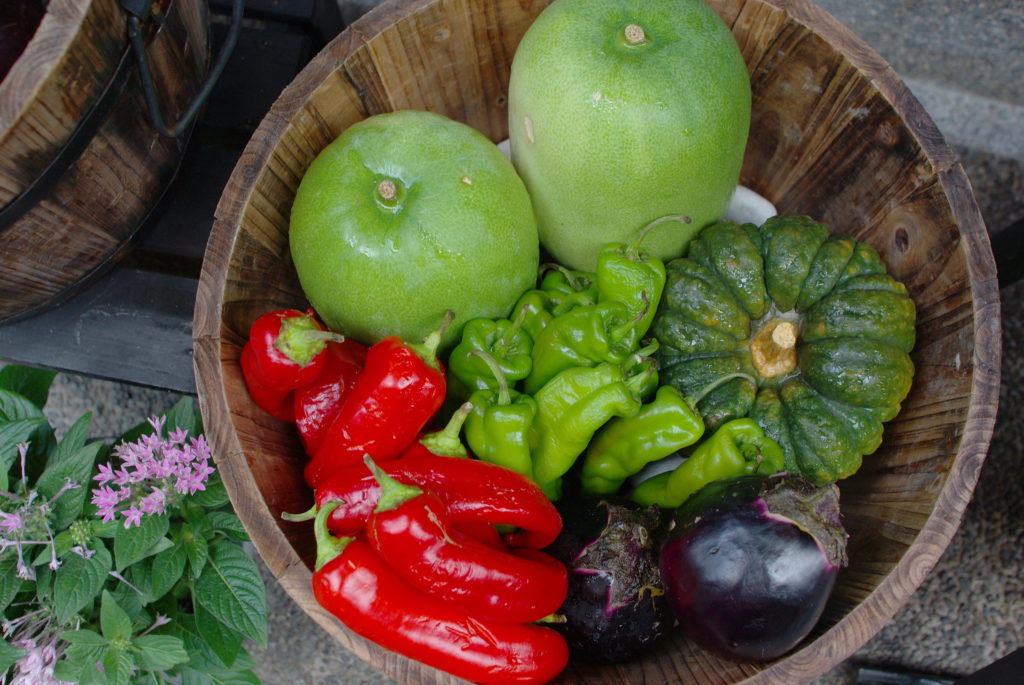 © Photo by Hiro - Kokoro☆Photo
© Photo by Hiro - Kokoro☆Photo
What are “Kyoto Brand” vegetables
Since 1989, Japan’s Ministry of Agriculture, Forestry and Fisheries has been helping to certify and promote kyoyasai as “Kyoto Brand Products,” which are labeled with a logo similar to a stylized capital “K.” About 31 types of Kyoto vegetables are registered in this way, including the round-shaped kamonasu eggplant, shogoin turnip, kyo bamboo shoot, kyomizuna (Japanese mustard greens), manganji pepper, shishigatani squash, kujo green onions (Welsh onions), murasaki zukin (purple soybeans) and the very long and bright red kyokanzashi, also known as kintoki carrot.
Shogoin turnip (above) is typically sliced into big thin circles for use in the popular Kyoto senmaizuke pickles. It can grow to a weight of up to five kilograms and is one of Japan’s largest turnips. It is said to have been grown in the early 1700s by a farmer living in Kyoto’s Shogoin area and cultivated from a seed from a neighboring region of Japan.
View this post on Instagram
The snowman-shaped Shishigatani squash evolved from chrysanthemum pumpkins brought from Tsugaru, in northern Japan, during the Edo period. The vegetable was originally grown in Kyoto’s Shishigatani region, where the Anrakuji Temple, for 300 years has held the Kabocha Kuyo (Pumpkin Service), which gives blessings for continued health and recognizes that vegetable’s nutritional role in helping ward off disease.
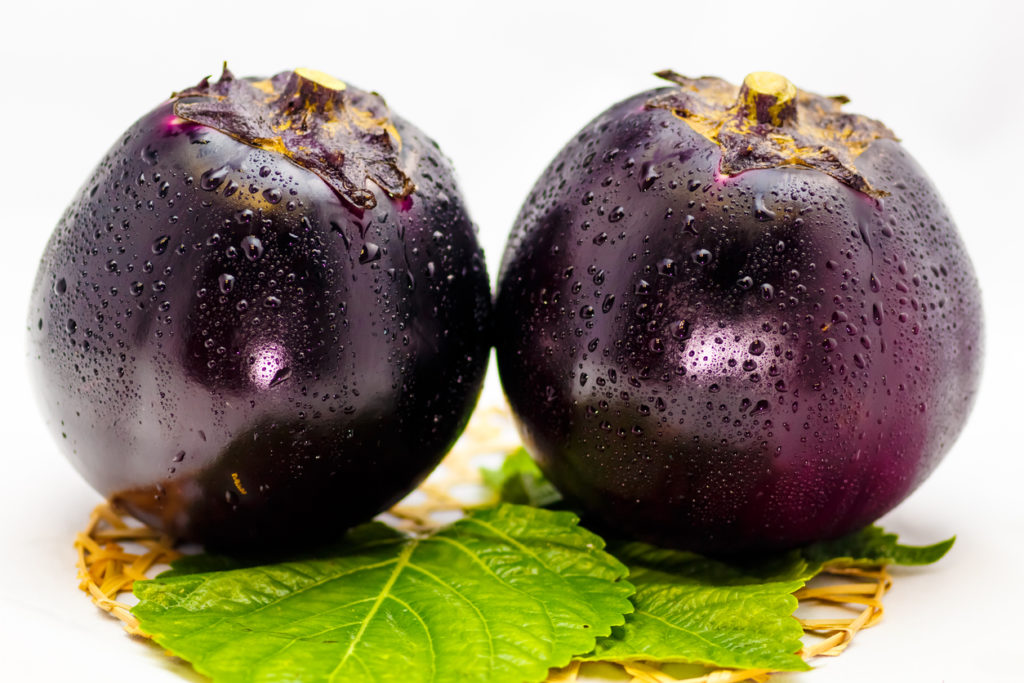
The kamonasu (pictured above) is the “queen” of eggplants, according to the Kyo-Branded Products Association, which also cites Edo-era books as describing the big, round vegetable from present-day Yoshida, in Kyoto’s Sakyo Ward, as having the best flavor of the many different kinds of eggplants.
Certified for safety and superiority
The criteria to be officially considered a Kyoto Brand vegetable includes that the plant is from Kyoto Prefecture and have been introduced before the Meiji Period, which began in 1868. The selection process also requires environmentally friendly farming methods with a reduced use of agricultural chemicals and chemical fertilizers, as well as clear identification of the producer.
Kyoyasai boast signature colors, shapes, scents and flavors.
The vegetables must also show “superiority and originality compared among other local production areas,” according to the Kyo-Branded Products Association. This means that if you buy the leafy green vegetable mizuna (水菜) from the current leading production area of Ibaraki Prefecture, it will taste different to Kyoto brand mizuna.
In farming for mass production, vegetable varieties are chosen based on factors such as yield, ease of cultivation and acceptance among customers. In contrast, heritage plants are often challenging to farm and produced in small lots, but free to maintain their unique flavors and shapes in appealing to a more discerning market.
Better for your health
Research by organizations including the Kyoto Prefectural University and Kyoto Prefectural Agriculture, Forestry and Fisheries Technology Center, have found that kyokanzashi carrots and murasaki zukin purple soybeans have roughly three times the anti-oxidation power of regular carrots and edamame soybeans, respectively. Kujo negi leeks have twice the dietary fiber of regular shiro negi leeks.
According to their studies of daikon – Japan’s long white radish – the spicy flavor of Kyoto’s various versions, particularly the karami daikon, but also the sabaka daikon and shogoin daikon, comes from an element associated with the prevention of biological mutation, which is good for warding off cancer. The mainstream daikon registered none of that substance at all.
Where to taste kyoyasai in Tokyo
Needless to say, you can find plenty of restaurants serving kyoyasai in their hometown, Kyoto and surrounding cities. But if you wish to taste them in Tokyo before heading south, you’ve got plenty of options, too.
View this post on Instagram
The Kyo-Branded Products Association lists on its website in English about 50 restaurants in Tokyo that serve kyoyasai. Among them are the Italian restaurant Il Ghiottone and Kyoto-style cuisine at Mamemaru, both in the Marunouchi district, Japanese cuisine at Nihonbashi Yukari in Nihonbashi and the high-end shabu shabu diner Nishia Shabusai in Nishi-azabu.
View this post on Instagram
Where to buy kyoyasai
The association has also certified about 25 stores in the Tokyo area, as well as others in and around Kyoto, that have kyoyasai sections. These are mostly in department stores, and in Tokyo include Matsuya in Ginza and Asakusa, the Odakyu and Keio department stores in Shinjuku, the Seibu and Tobu stores in Ikebukuro, the Tokyu main store and Toyoko stores, both in Shibuya, and the Precce Premium supermarket in Tokyo Midtown.
How to cook kyoyasai
As these vegetables are extremely fresh and full of vitamins, the best way to have them is raw in salads or dipped in bagna cauda sauce.
View this post on Instagram
Another easy to prepare recipe is the healthy kyomizu tofu and crispy bacon salad, a mix of kyo mizuhari, silk tofu, bacon and ponzu vinegar for dressing.
View this post on Instagram
For other more sophisticated menus, the kyoyasai association’s website provides links to various recipes in English on how to cook various Kyoto vegetables.
Hungry already? Give these healthy veggies a try — you won’t be disappointed!












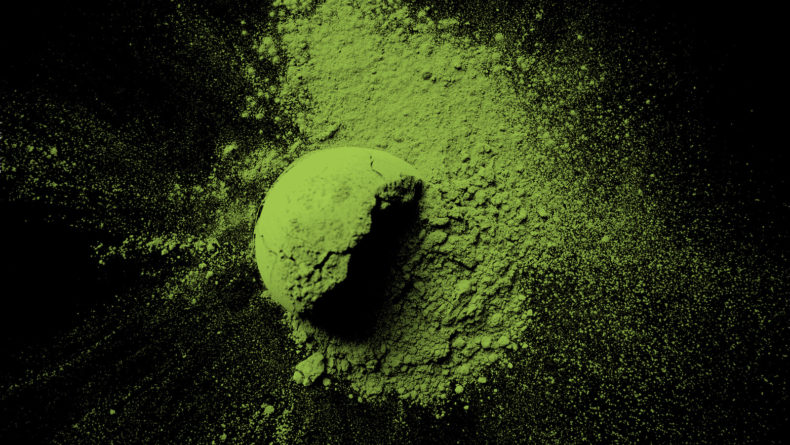
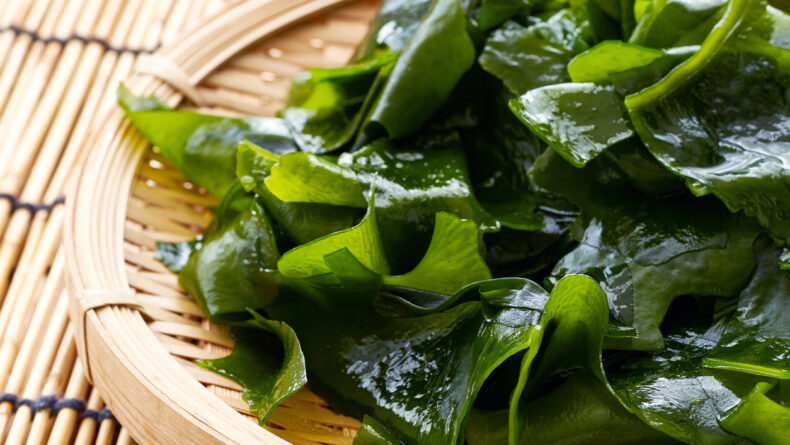
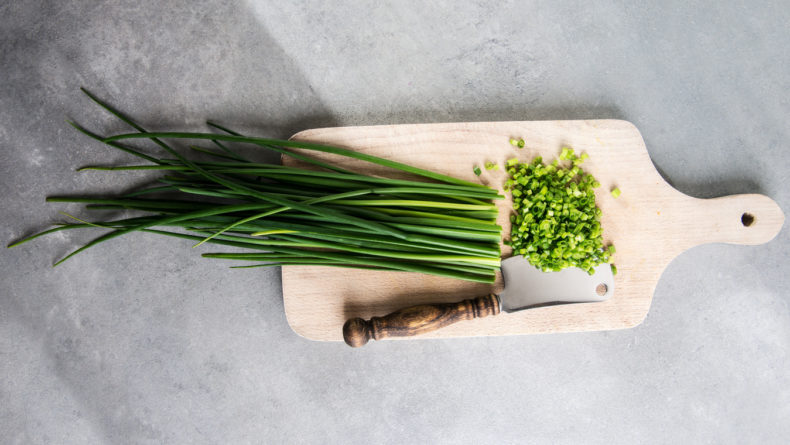
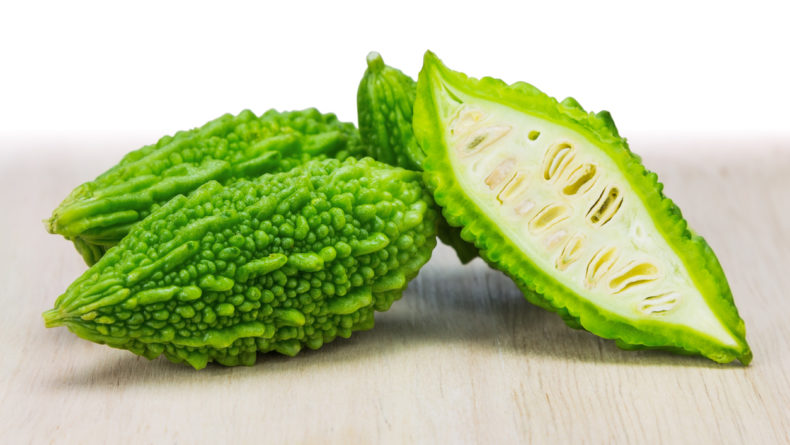
Leave a Reply